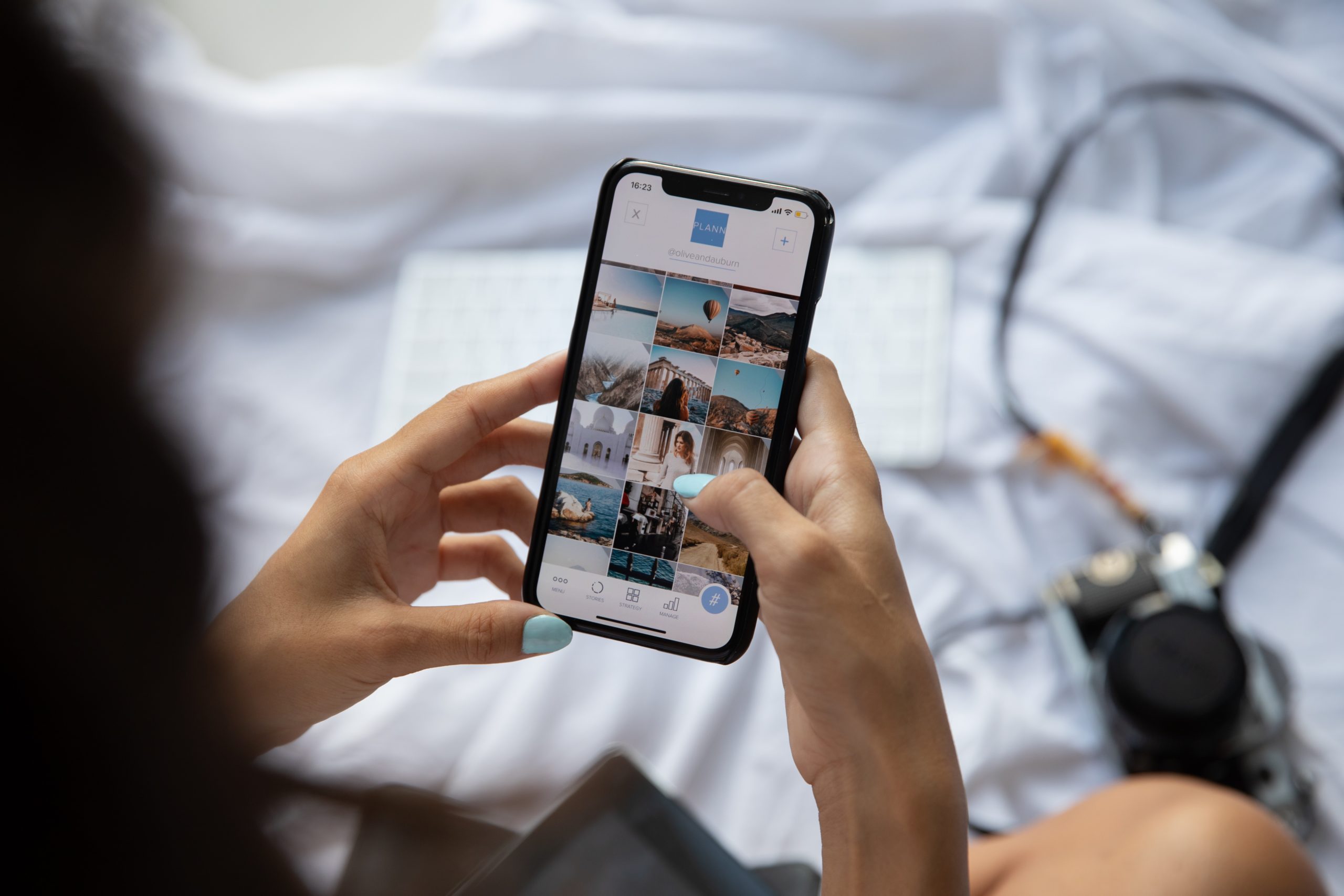Over the last two decades, social media has become an integral part of people’s lives—and as influencer marketing has exploded, it has become a crucial way for brands to reach new audiences. Influencer marketing has grown from being a $1.7 billion dollar industry in 2016, to $9.7 billion in 2020, and is predicted to be worth $13.8 billion in 2021.
Rather than shopping in-store or flicking through the pages of a magazine like we have previously done, the average consumer now turns to their favourite Instagram, Tik Tok or YouTube influencer for reviews and recommendations on purchasing decisions. Known as influencers for a reason, these people hold significant power in determining consumer trends, and can largely change the success of any business.
There are different tiers of Influencers to leverage for business marketing, these include Mega Influencers (1M followers and over), Macro (100,000 to 1M followers), Micro (1000 to 100,000) and Nano (less than 1000).
While it would seem as though a larger influencer following would translate into more sales for a brand, often a smaller follower base is more profitable when those followers are loyal.
Macro influencers tend to be celebrities, known by millions of people. Micro and Nano influencers however are usually people that have built a following through a specific image or expertise. These include interests such as cooking, fitness and travel, and usually these influencers home in on that specific passion and identity to build a following of like-minded people.
So, to assess what’s best for your business, the question to ask is how engaged the audience is.
Tik Tok, the world’s biggest social media platform, has better engagement rates for micro influencers over those with larger followings. This difference is most notable with micro-influencers on the platform getting engagement rates of nearly 18% while mega-influencers get just under 5%.
So, to effectively use influencer marketing, the right research needs to be put into the influencer and the engagement of their audience. Businesses fall short on successful influencer to profit conversions when they rely on the follower count to produce sales and revenue for their business. Asking a macro influencer or celebrity to align with a business that is off-brand can do more harm than good for a business, and in such instances, it is better to utilise a smaller following when the right person is sharing the message.
For instance, if a micro influencer is followed for their cooking tips and recipes, their followers trust that they know about that market and have good advice to share. On the other hand, celebrities and macro influencers are often found not using the products that they promote or putting any research into the businesses they align with, which can result in significant backlash for both the brand and influencer.
The reason many companies struggle with influencer marketing is not that the channel doesn’t work, it’s often because their sponsored content is not thoughtfully planned, executed or authentically aligned with the audience. These brands often push a rigid script on the influencer, where no creativity is involved, and their followers can instantly see that there is no passion behind what they are selling.
Instead of relying on a larger follower base to bring success to your business, seek out an active and passionate follower base who are interested in brands and products similar to what you are selling.
After all, influencer marketing relies on results which come from active engagement.
To know more about influencer marketing and how we can assist your business in leveraging the right influencer for your brand, visit https://agent99pr.com/social-media-strategy/#influencer-marketing
Agent Emma
